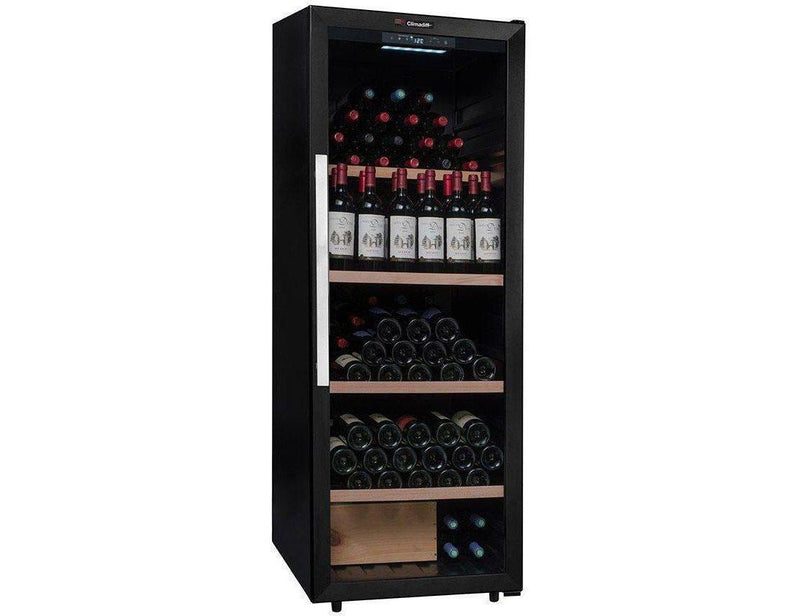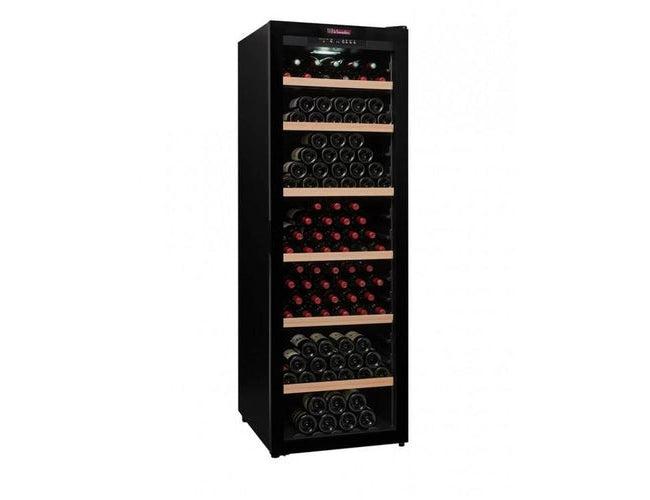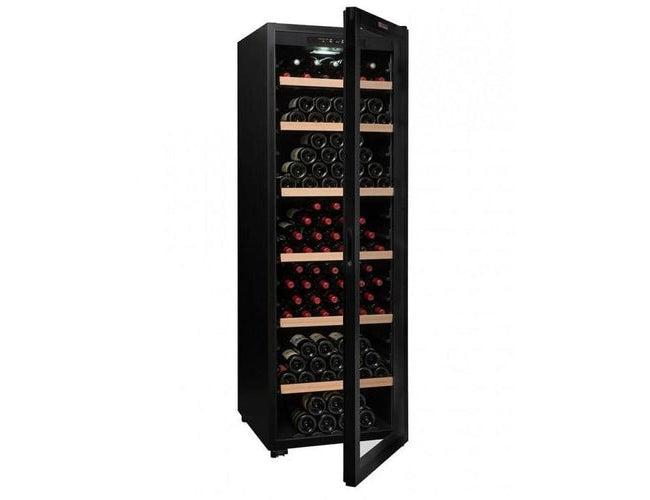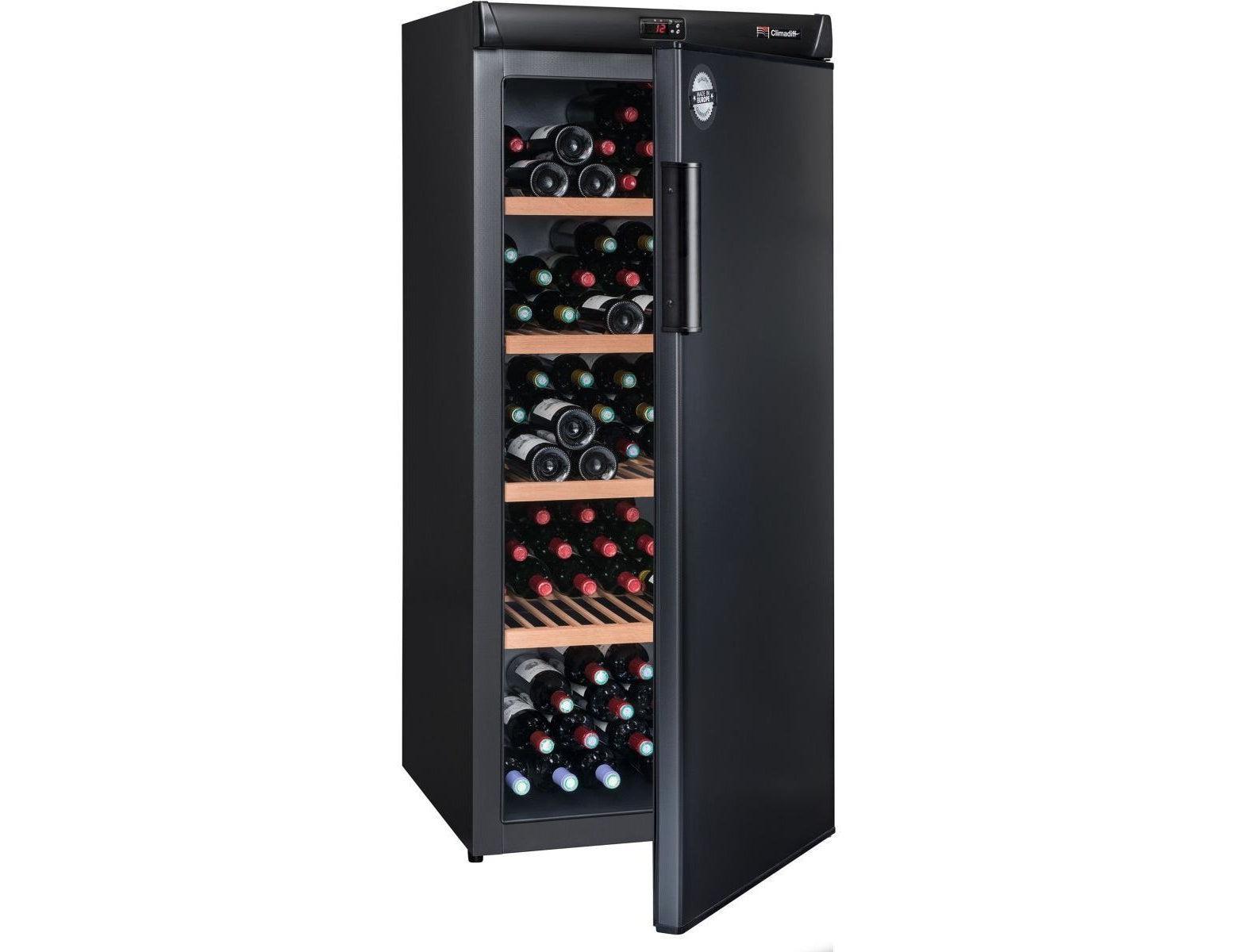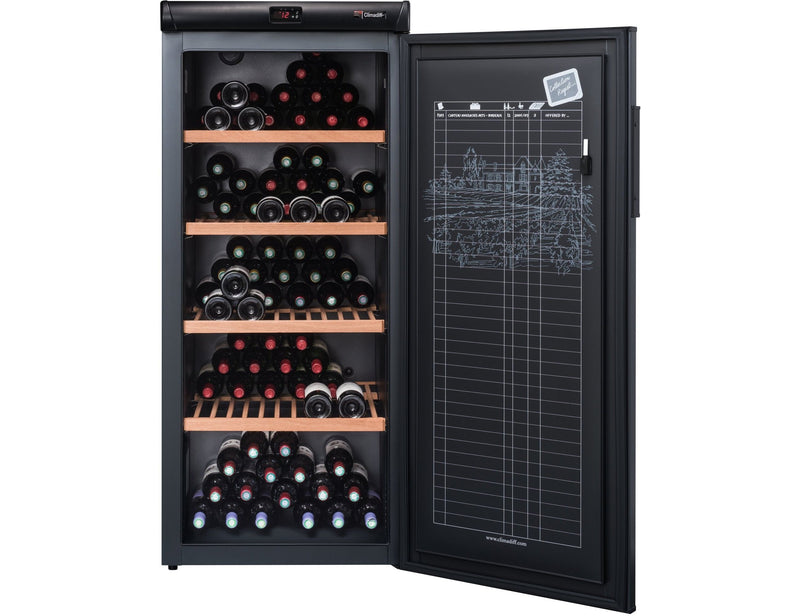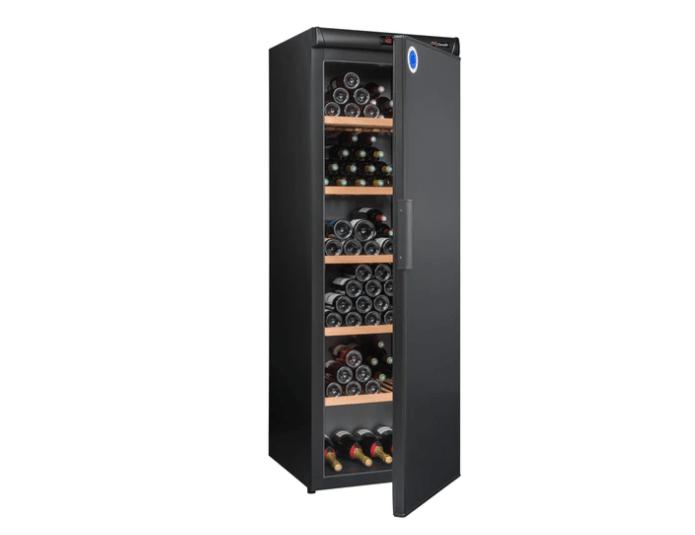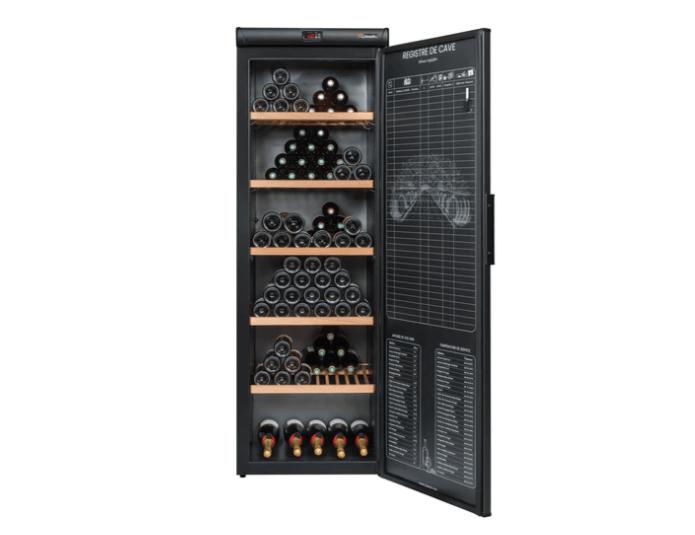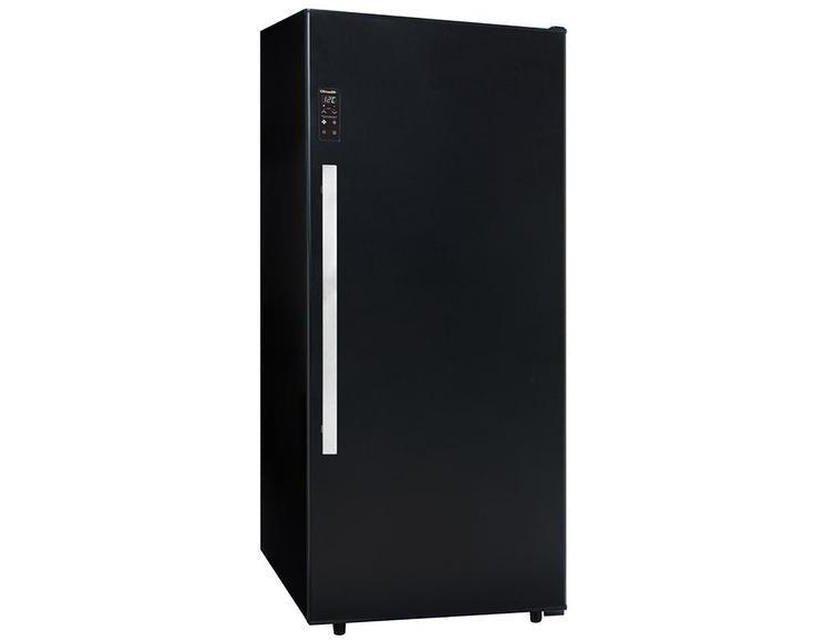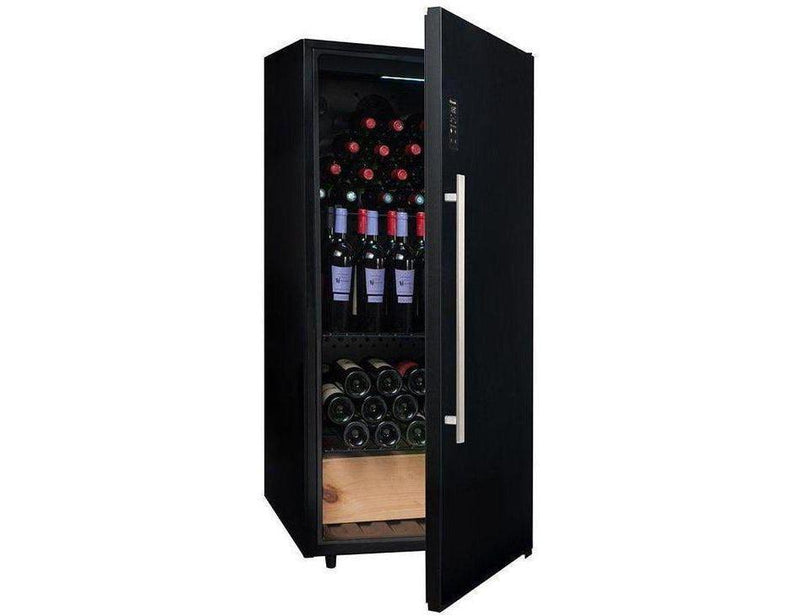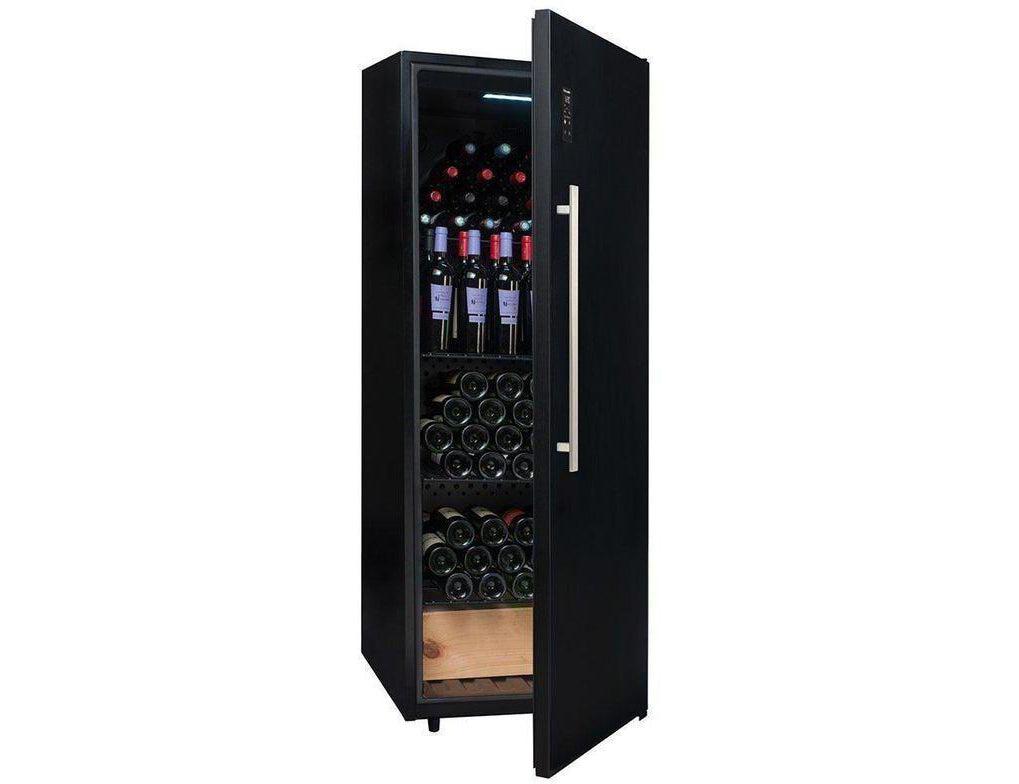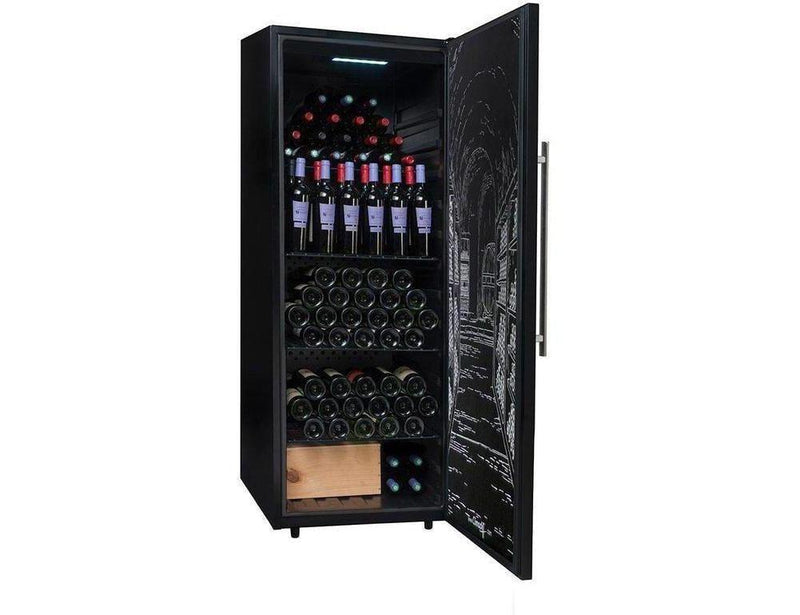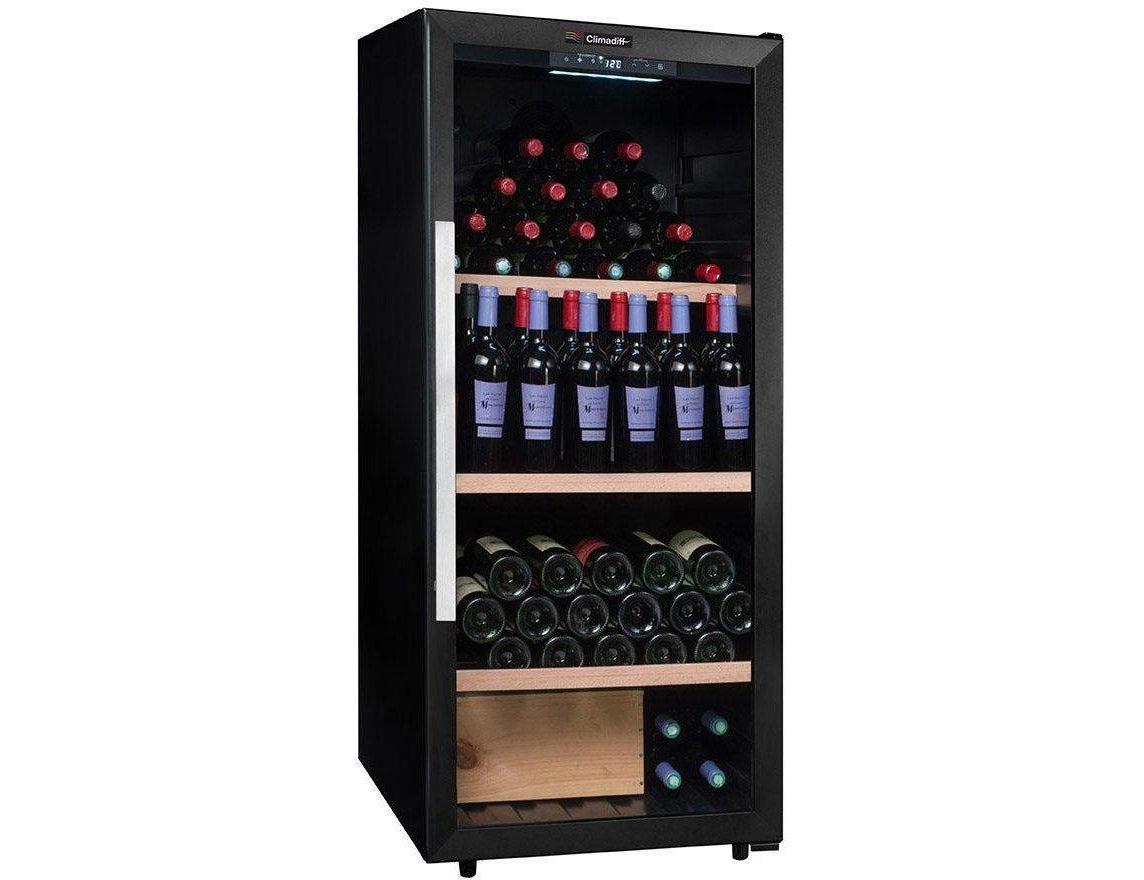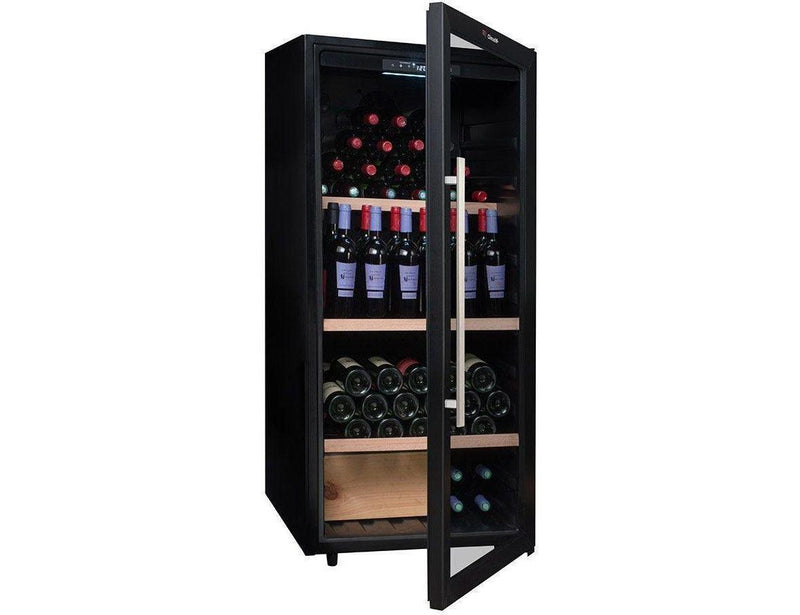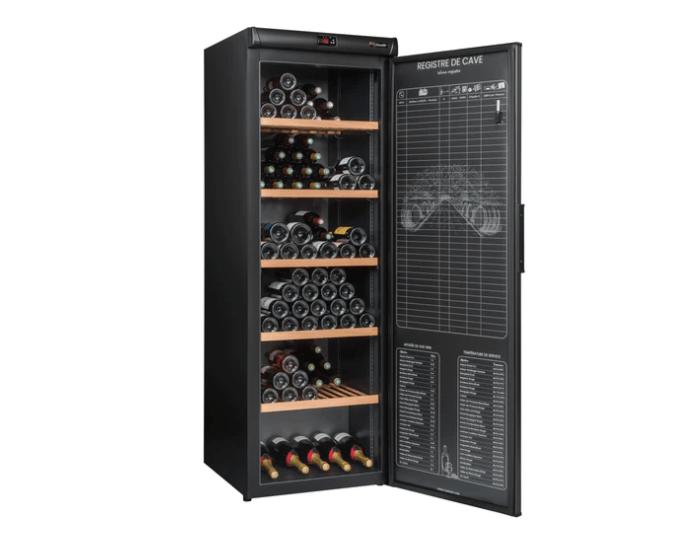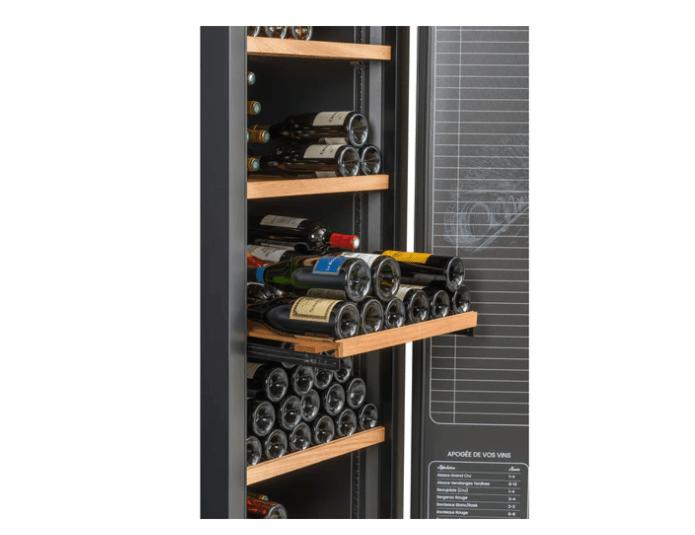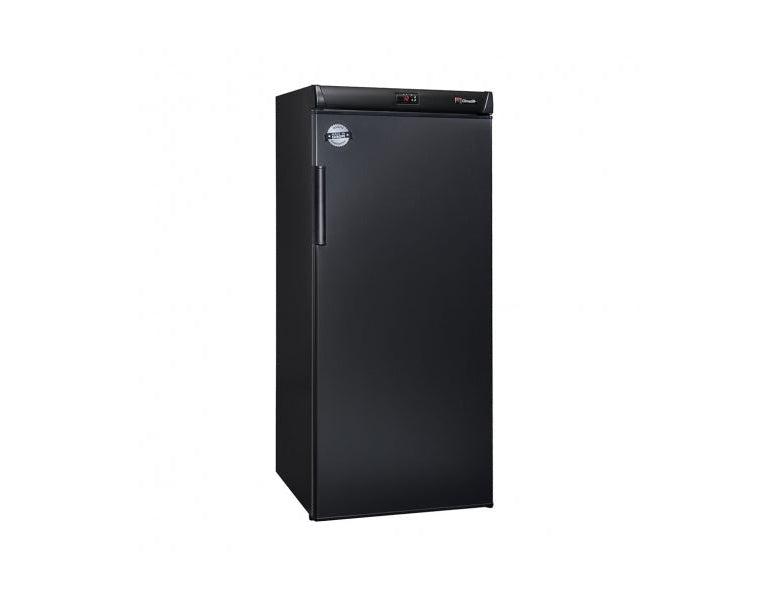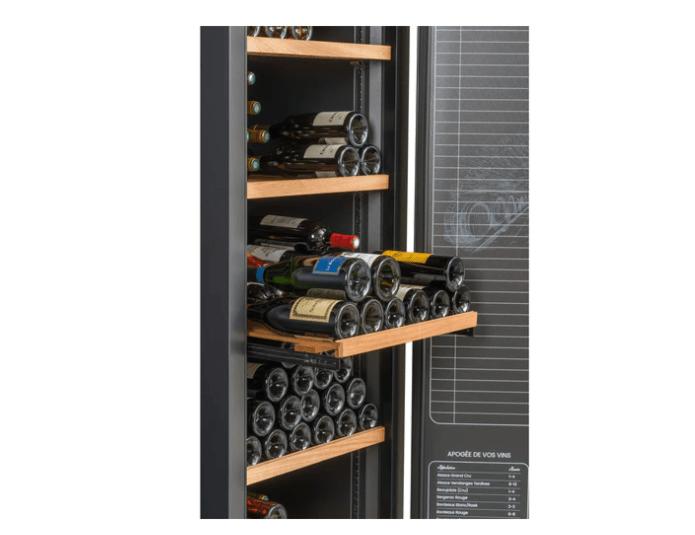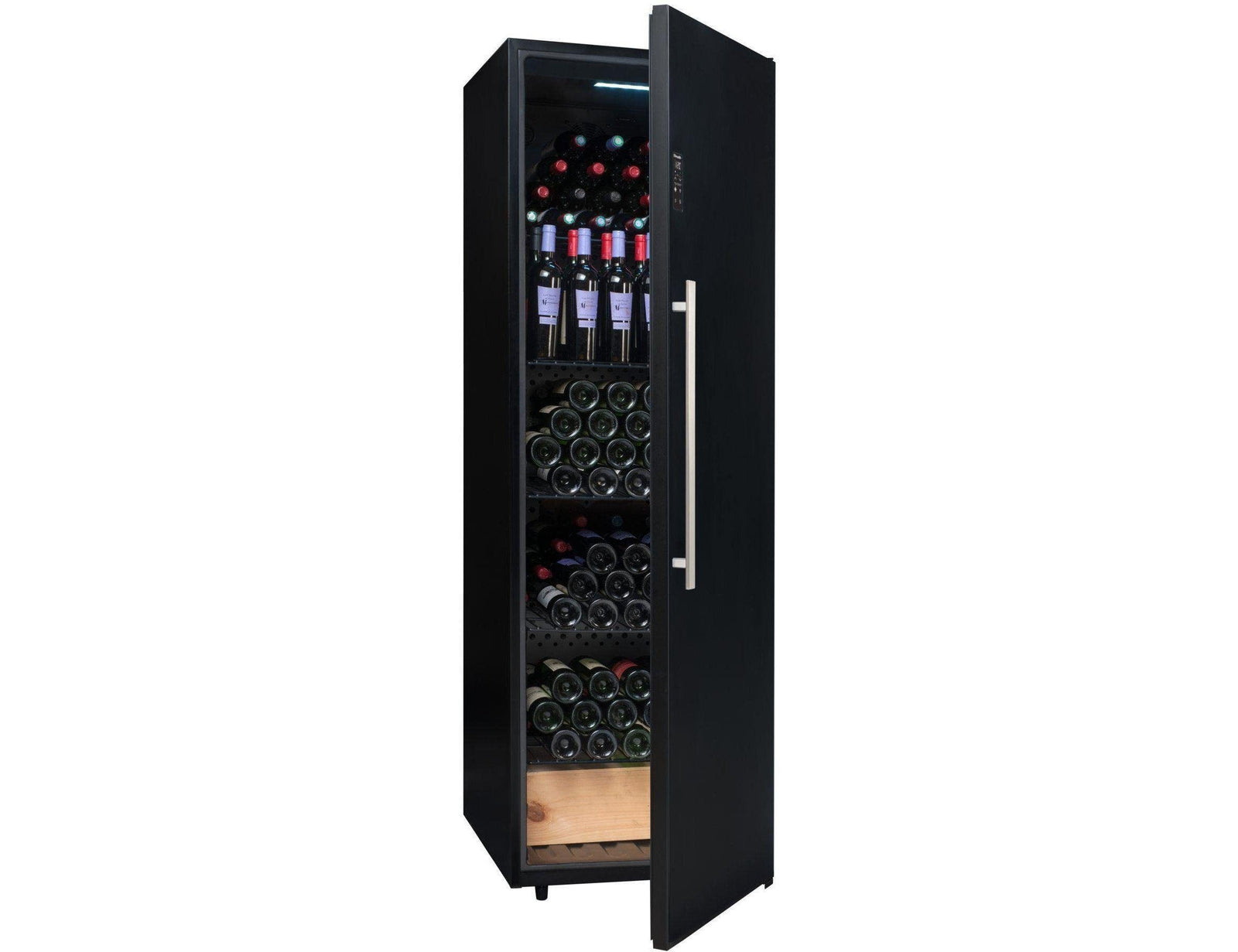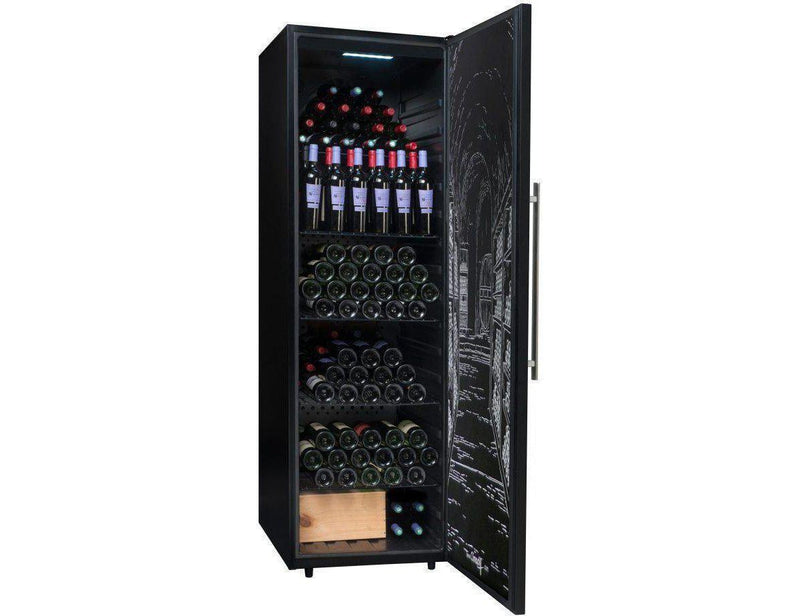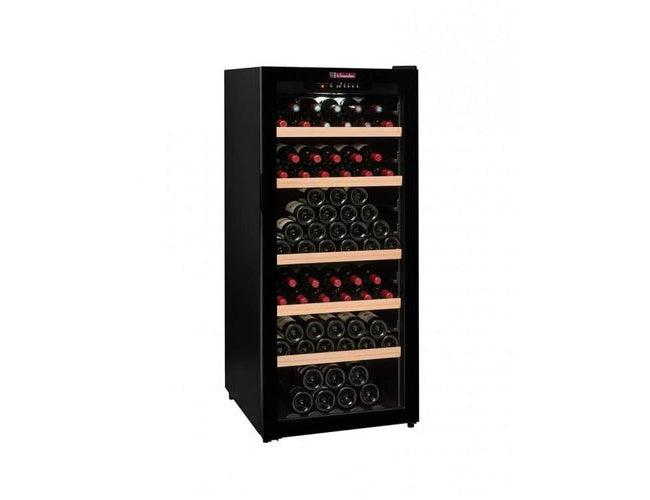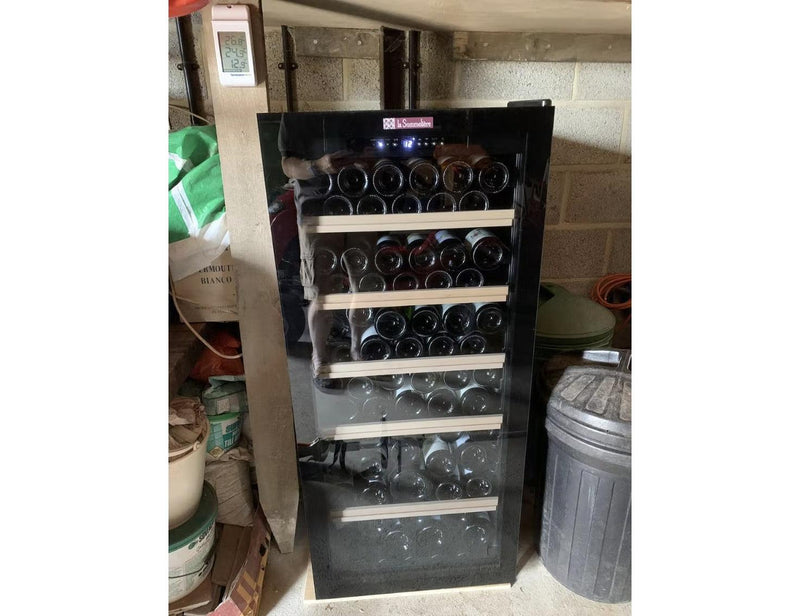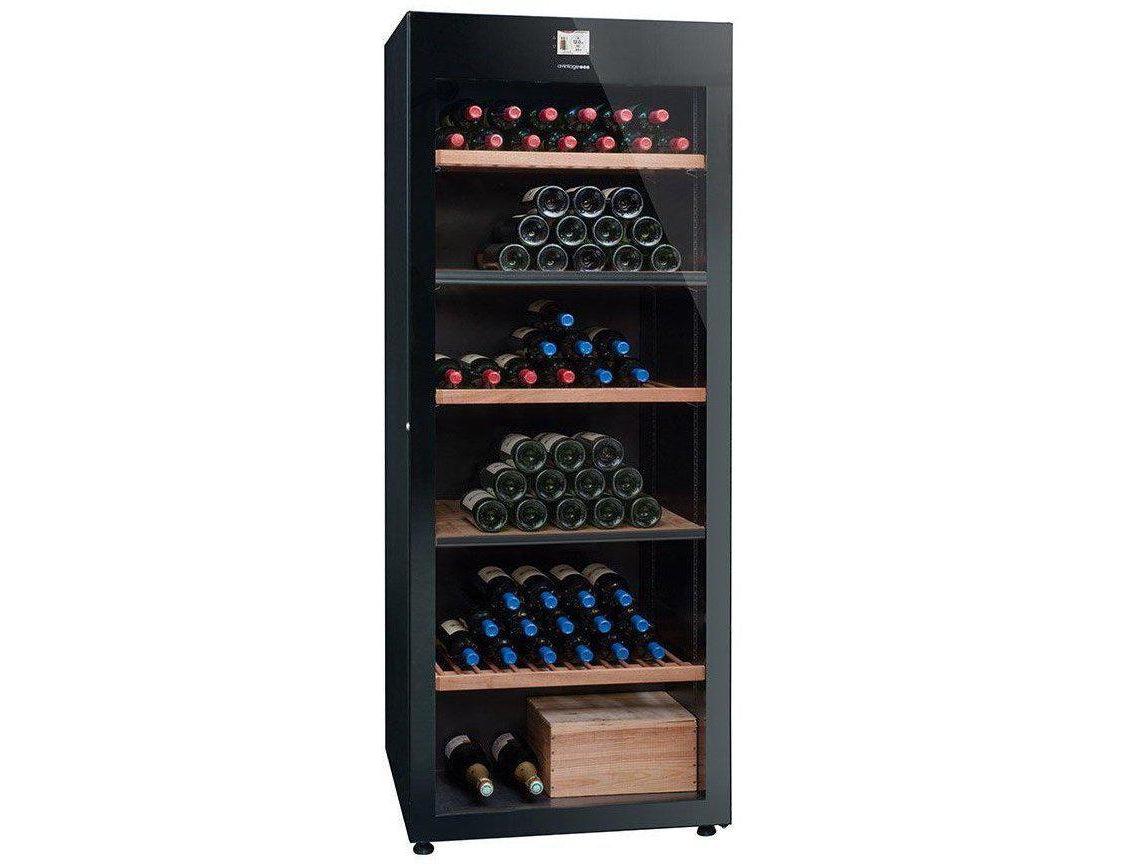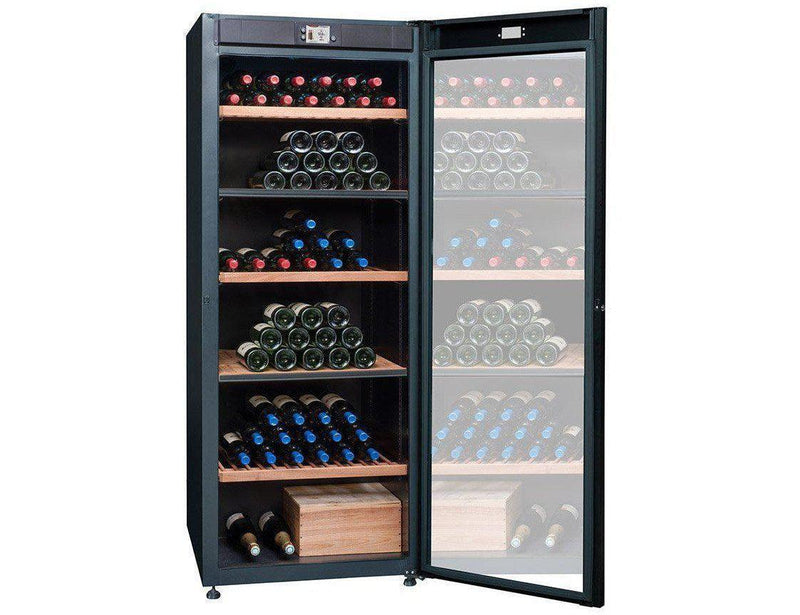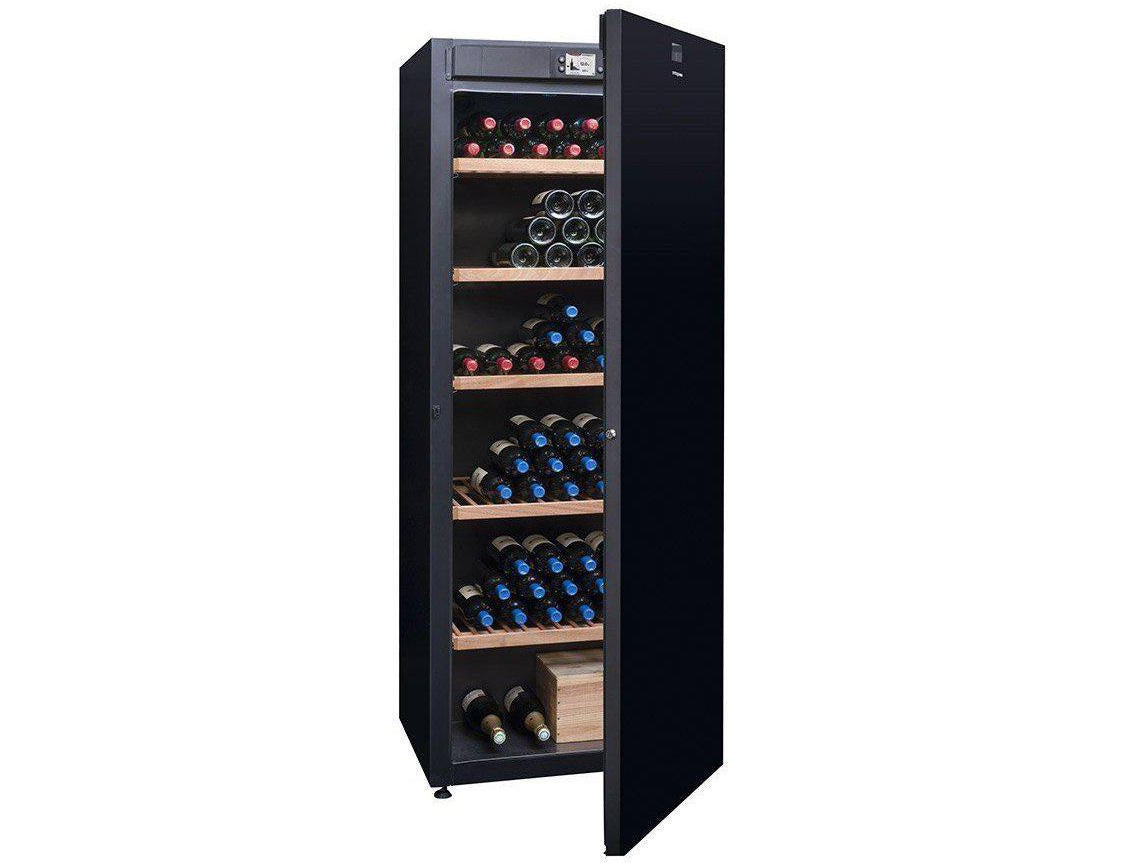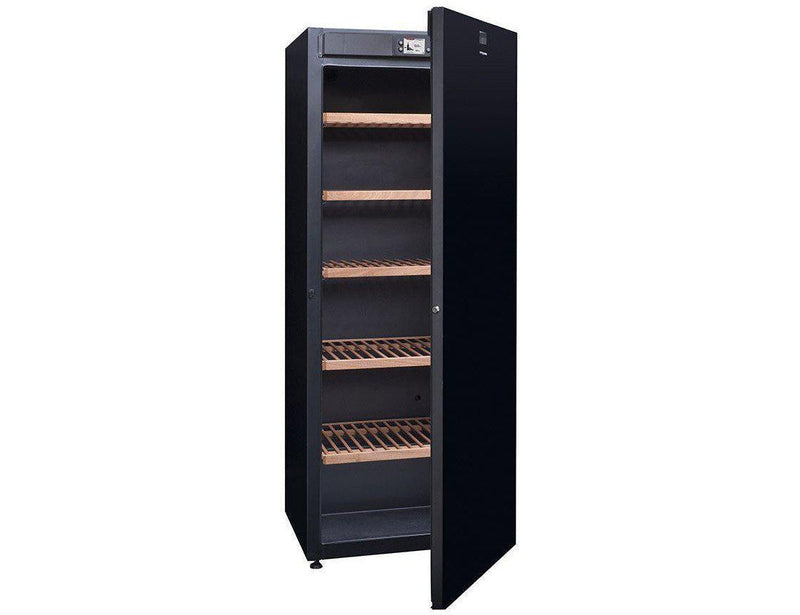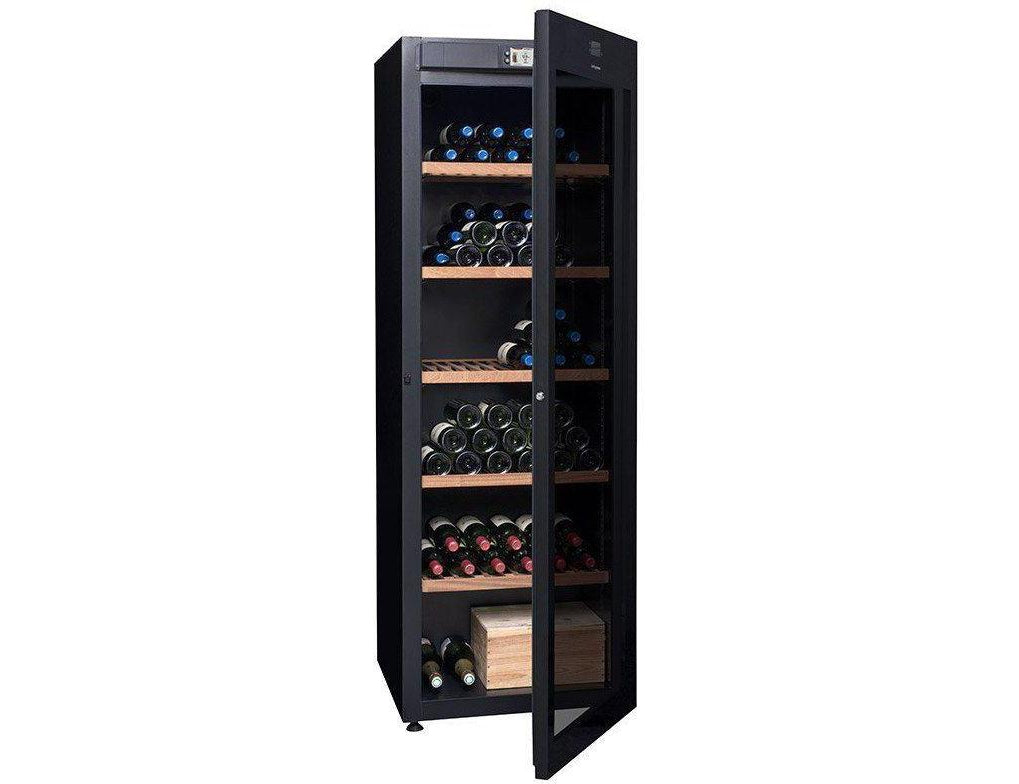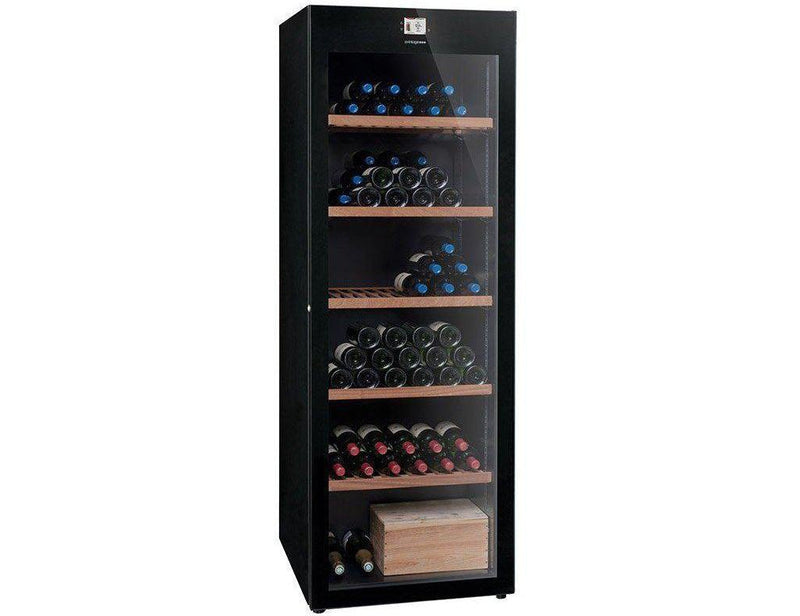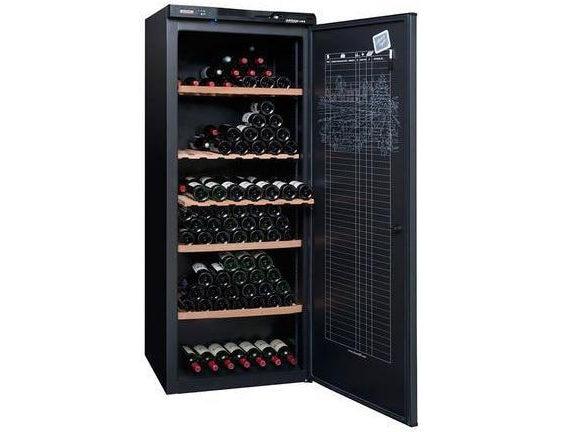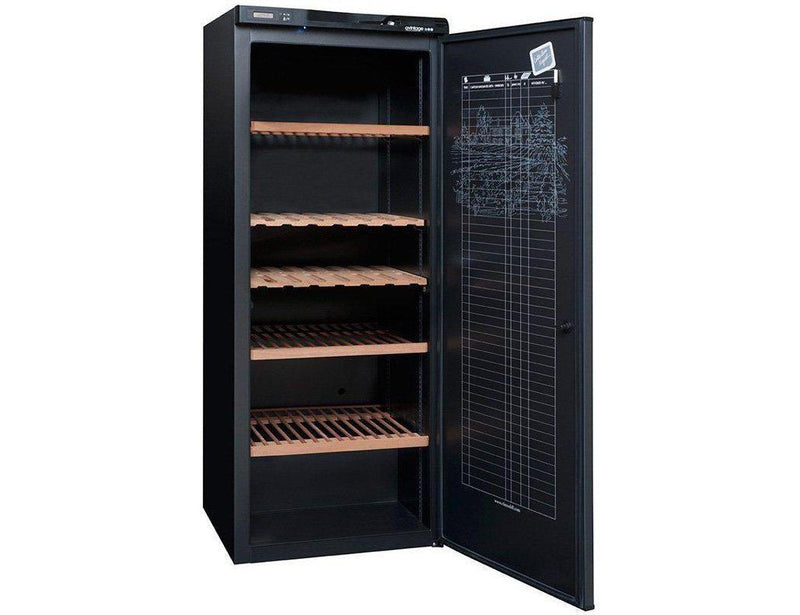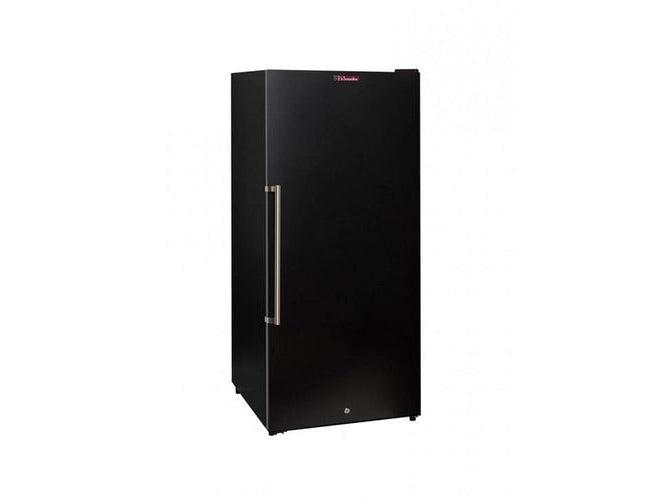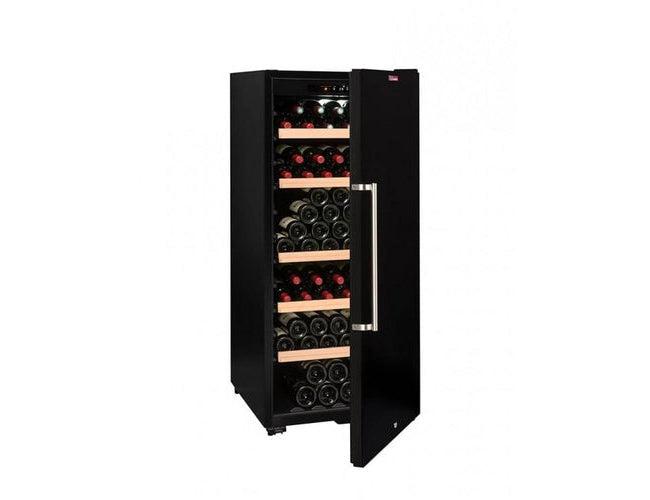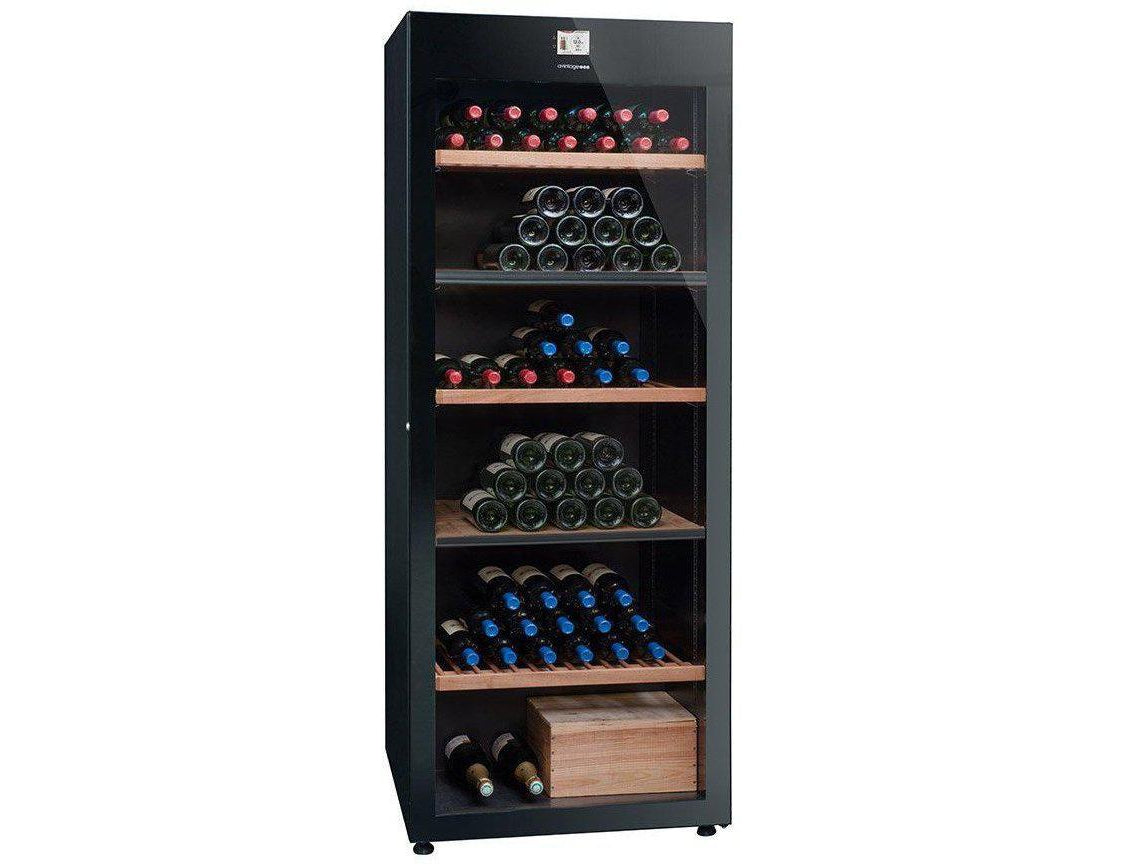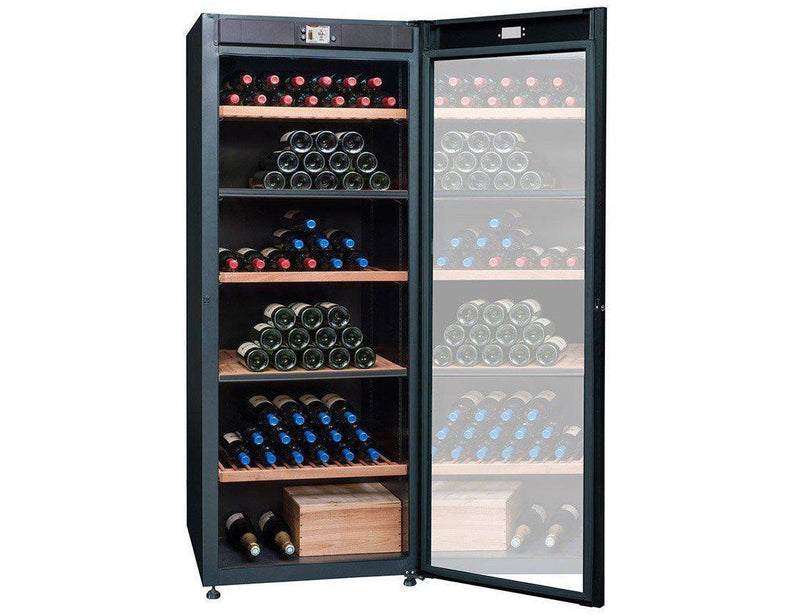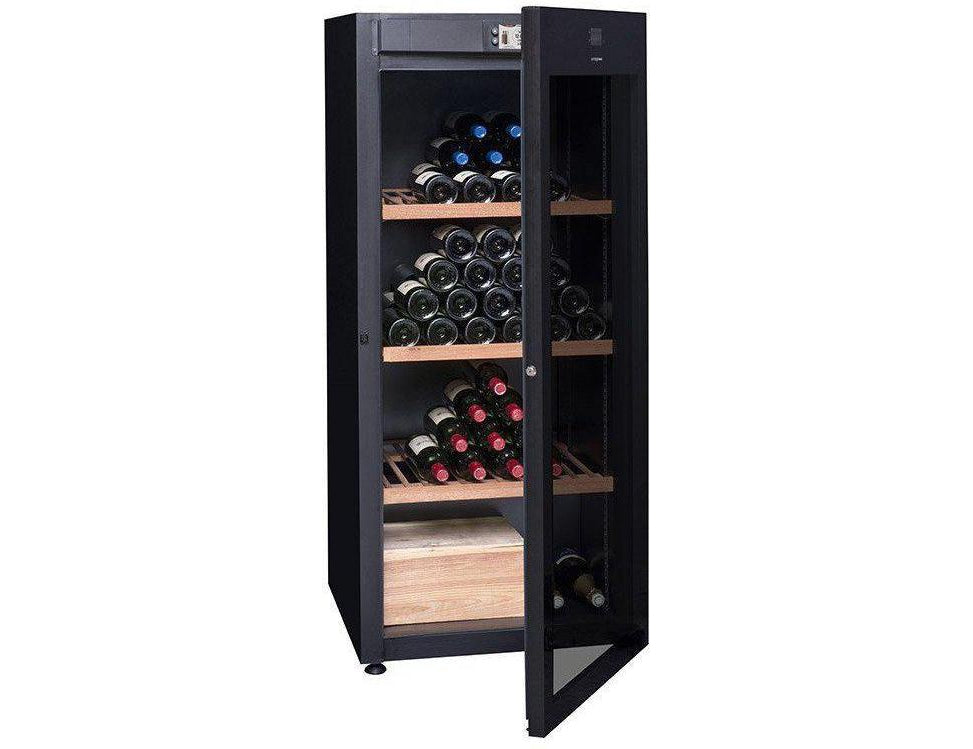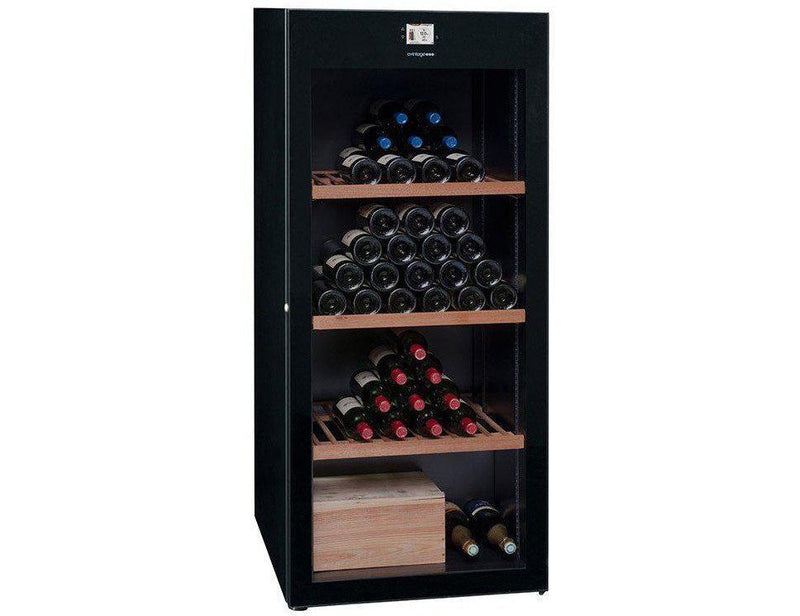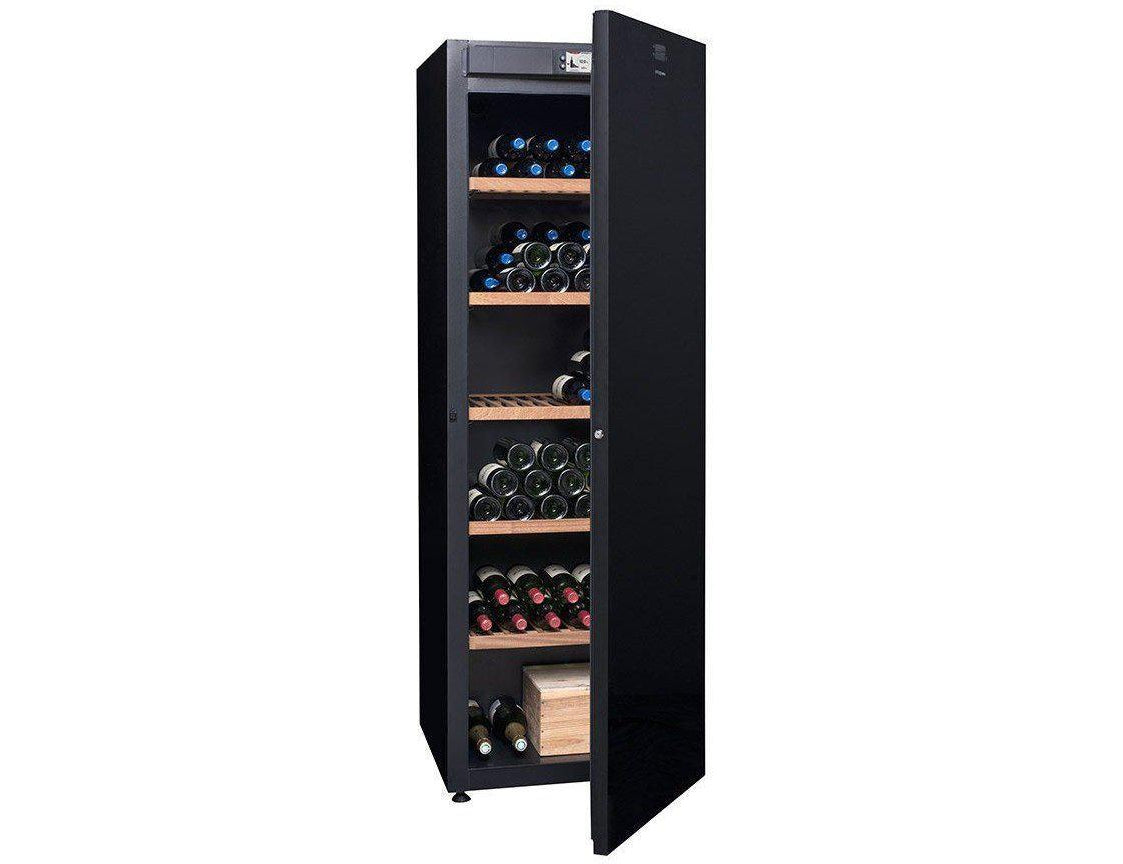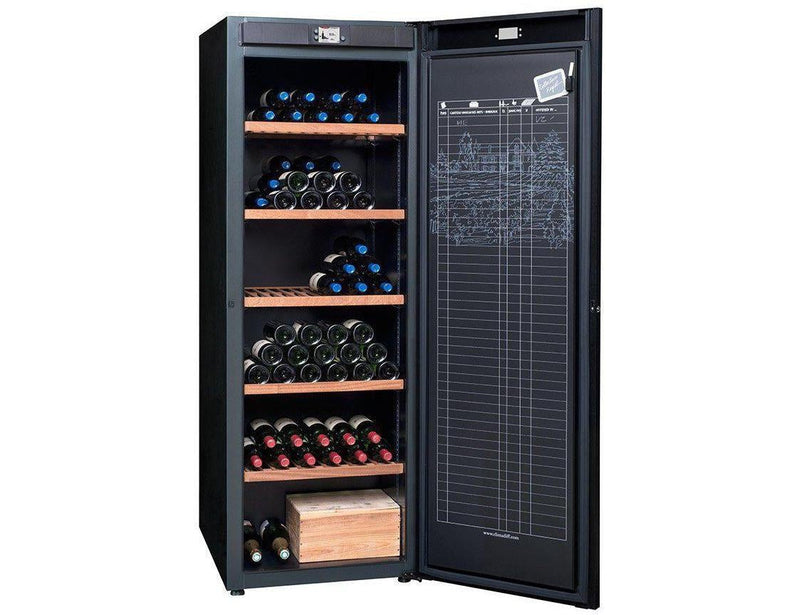A red wine fridge is designed to maintain these perfect conditions like wine cellars for the long term preservation and ageing of your red wines. Our collection below is chosen for it's outstanding charcoal filters that maintain humidity between 50-80%. Red wine fridges are designed to maintain these perfect conditions like wine cellars for the long term preservation and ageing of your red wines.
Our Customer Reviews
Why Choose a Red Wine Fridge?
Red wine cabinets offer capacities from 80+ Bordeaux bottles to over 300 bottles providing ample space for large wine collections, catering for all your serving, refrigerating and warming requirements.
This type of red wine storage unit is perfectly designed to meet the same storage standards and temperature as a wine cellar (without the cost).
Other functional benefits of red wine cabinets include door locks and noise alarms which trigger if the wine cabinet door is left open as this can detrimentally effect storage conditions.
In addition, all the units on offer are installed with anti vibration systems to keep your wines stored in perfect stillness - maintaining a vibration free storage environment is critical for the develop of your wines.
FAQs
Do Red Wine Fridges Need a Charcoal Filter?
Over time wines can absorb odours from outside sources which can ultimately disrupt the sealed wine through the cork.
A charcoal filter fitted into the red wine chiller guards against this undesirable outcome.
This is especially important if the wine fridge is situated in a garage setting near DIY related storage like paints for example.
If your planning on positioning the red wine warmer in a location where there maybe external aromas then the internal fan of the wine cooler should be sufficient to keep your wines in fresh odourless air.
Should You Keep Red Wine in a Fridge?
Yes, you can put red wine in your red wine cooler but you'll need to keep it warmer than a traditional fridge.
Putting your red wine in a wine fridge before serving will ensure it reaches the recommended temperature.
Remember, depending on style, you’re aiming for between 12-18°C or 55-65°F.
Lighter reds, such as Beaujolais and Pinot Noir, can be on the cooler end of this spectrum, whilst fuller-bodied reds such as Shiraz and Cabernet Sauvignons can be served at the warmer end.



